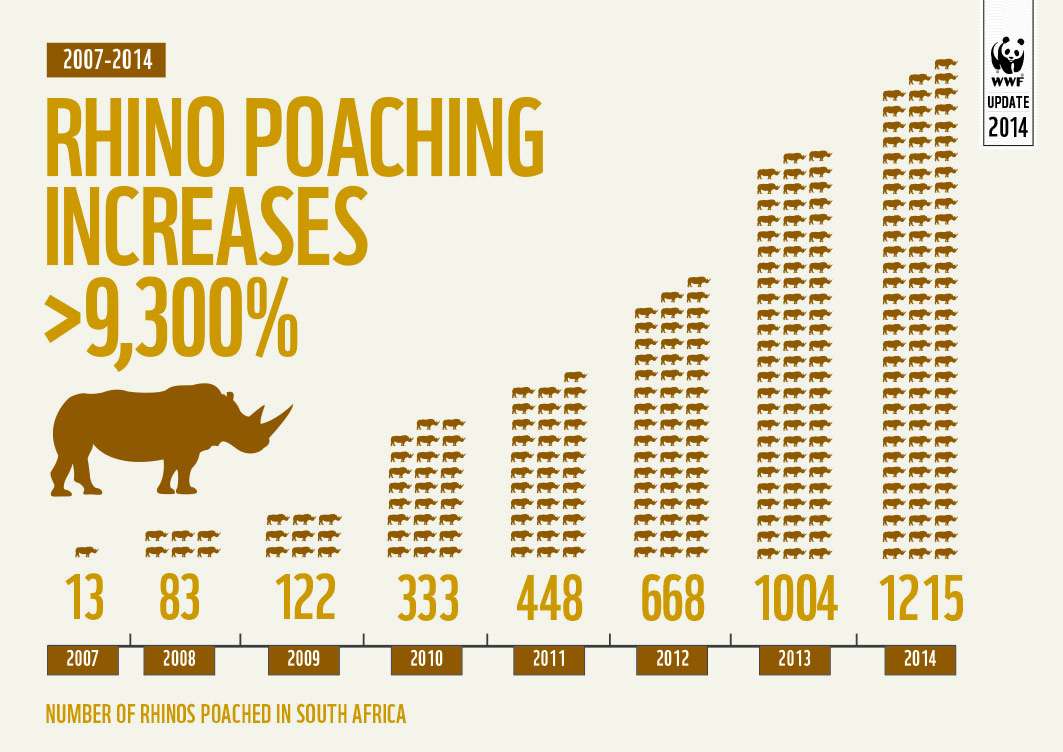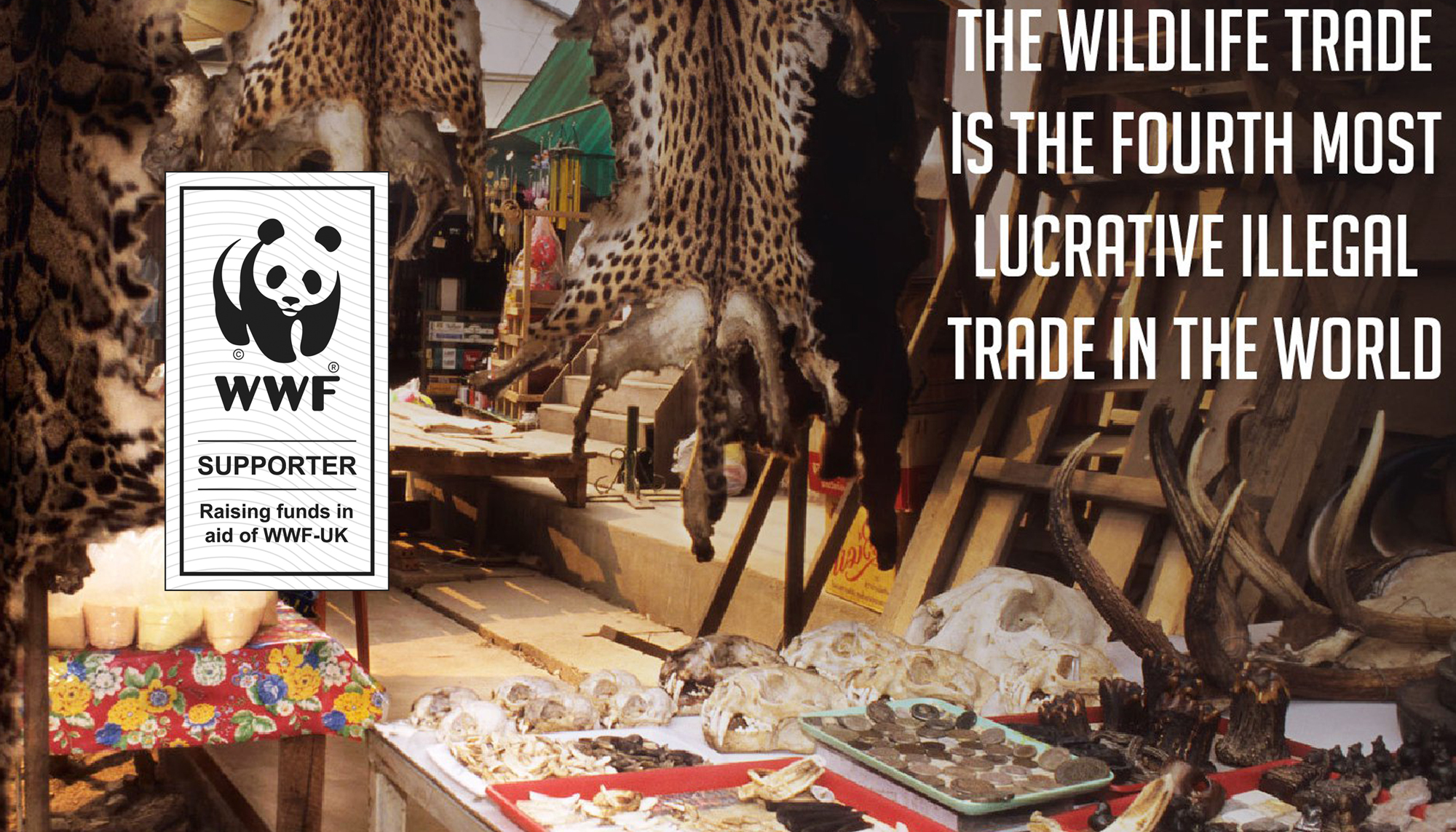EAP ∞ APA ∞ Glossary ∞ Grammar ∞ Vocabulary ∞ Presentation skills
Problem/Solution essay: Rhinoceros Poaching
150 years ago, Africa’s savannahs had over a million rhinos. However, relentless hunting by European settlers saw rhino numbers rapidly decline. Poaching also increased sharply during the 1970s and 1980s as demand grew for rhino horn, a prized ingredient in traditional Asian medicines – leaving both species at risk.
Today, the greatest threat facing African rhinos is poaching for the illegal trade in their horns. The number of rhinos poached in South Africa alone has increased from 13 in 2007 to a record 1,215 in 2014. Poaching gangs use increasingly sophisticated methods, including helicopters and night vision equipment to track rhinos, and veterinary drugs to knock them out. This means countries and conservationists need to match this level of technology to be able to tackle the problem, alongside working to reduce demand.
VIDEO: “Stop Wildlife Crime [Rhinos]”
Source: World Wildlife Fund (2013). Stop Wildlife Crime [Rhinos].
Notes: turn on “Substitles/close captions” to read the transcript Duration: 05:42


Rhino Poaching [pre-reading tasks]
Rhino Poaching [source texts]
Rhino Poaching [outline]
Rhino Poaching [post-reading tasks]
Rhino Poaching [model outline and essay]
USEFUL RESOURCES:
VIDEO: “Stop Wildlife Crime [Introduction]”
Source: World Wildlife Fund (2013). Stop Wildlife Crime [Introduction].
Notes: turn on “Substitles/close captions” to read the transcript Duration: 07:14
VIDEO: “Stop Wildlife Crime [Elephants]”
Source: World Wildlife Fund (2013). Stop Wildlife Crime [Elephants].
Notes: turn on “Substitles/close captions” to read the transcript Duration: 05:33
VIDEO: “Stop Wildlife Crime [Tigers]”
Source: World Wildlife Fund (2013). Stop Wildlife Crime [Tigers].
Notes: turn on “Substitles/close captions” to read the transcript Duration: 06:06



